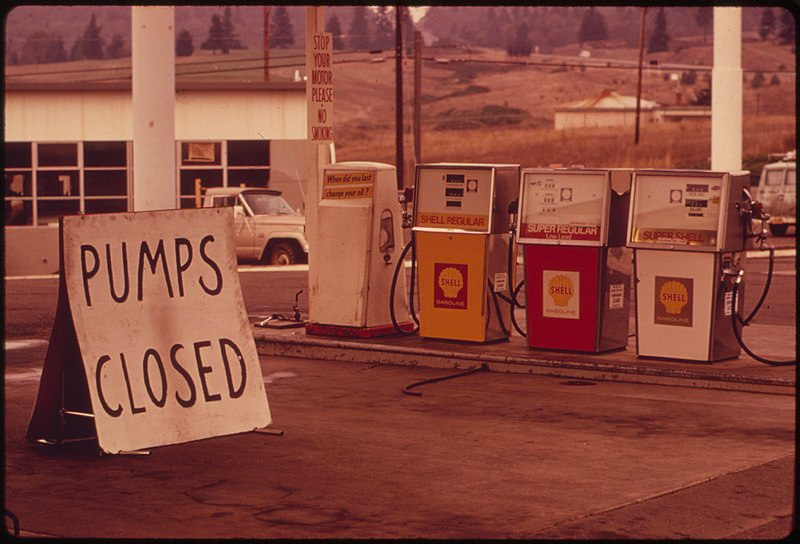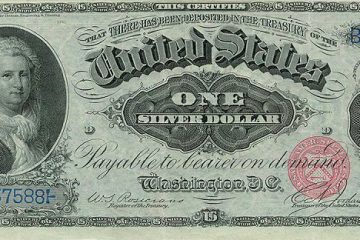 The 1973 – 1975 Recession, Triggered by 1973 Oil Crisis
The 1973 – 1975 Recession, Triggered by 1973 Oil Crisis
The 1973–1975 recession, often referred to as the “Oil Crisis Recession,” was a significant economic downturn in the United States and other parts of the world. It was marked by several unique factors and events that set it apart from other recessions. Here is a detailed history of the 1973–1975 recession:
Background:
- Oil Crisis: The recession was primarily triggered by the 1973 oil crisis, which began with the OPEC oil embargo. In October 1973, OPEC member countries, led by Saudi Arabia, imposed an embargo on oil exports to nations that supported Israel during the Yom Kippur War. The embargo led to a sudden and dramatic increase in oil prices.
- Geopolitical Tensions: The Yom Kippur War and the subsequent oil embargo exacerbated geopolitical tensions between the United States and oil-producing nations in the Middle East.
Key Events:
- Oil Price Shock (1973): Oil prices quadrupled within a short period, leading to soaring energy costs. Gasoline prices surged, and lines formed at gas stations as Americans faced fuel shortages. The sharp increase in energy prices had a profound impact on households and businesses.
- Inflationary Pressures: The surge in oil prices had inflationary effects on the overall economy. High energy costs pushed up prices for goods and services across various sectors. Rapid inflation eroded the purchasing power of consumers and strained business operations.
- High Unemployment: As businesses grappled with rising costs and economic uncertainty, many resorted to layoffs and reduced workforces. The recession led to a significant increase in unemployment rates, causing hardships for millions of Americans.
- Government Response: The U.S. government implemented various policies to address the recession. These included price controls, wage and price freezes, and initiatives to promote energy conservation and reduce oil consumption. Additionally, the Federal Reserve adjusted monetary policy to combat inflation.
Duration and Impact:
- Recession Period: The recession officially began in November 1973 and lasted until March 1975, making it one of the longest and most severe recessions since World War II.
- Economic Contraction: During the recession, the U.S. economy contracted, and GDP declined. The inflation rate remained persistently high, adding to economic challenges.
- Social and Economic Effects: The 1973–1975 recession had significant social and economic effects. Many Americans experienced financial hardship due to job losses, rising living costs, and energy shortages.
End of the Recession:
- Oil Price Stabilization: One of the key factors that contributed to the end of the recession was the stabilization of oil prices. OPEC gradually increased oil production, and oil prices began to moderate.
- Monetary Policy Adjustments: The Federal Reserve made adjustments to monetary policy to combat inflation, which helped stabilize the economy.
- Economic Adaptation: Over time, the U.S. economy adapted to the new energy landscape, and businesses and consumers found ways to cope with higher energy costs.
Legacy and Lessons:
- Energy Security: The 1973–1975 recession underscored the importance of energy security and the need for diversified energy sources to mitigate the impact of future energy crises.
- Inflation Control: It emphasized the challenges of controlling inflation, especially during times of supply shocks like the oil crisis.
- Geopolitical Influence: The recession highlighted the economic ramifications of geopolitical tensions and the interconnectedness of the global economy.
Overall, the 1973–1975 recession was a pivotal period in American economic history, characterized by the oil crisis, energy shortages, inflation, and high unemployment. It left lasting lessons about energy security, economic policy, and the resilience of the U.S. economy in the face of external shocks.
MORE:
History of 1973-1975 Recession »
Main Image Source: Wikimedia Commons
Content sources: Original | Generative AI | Wikipedia


